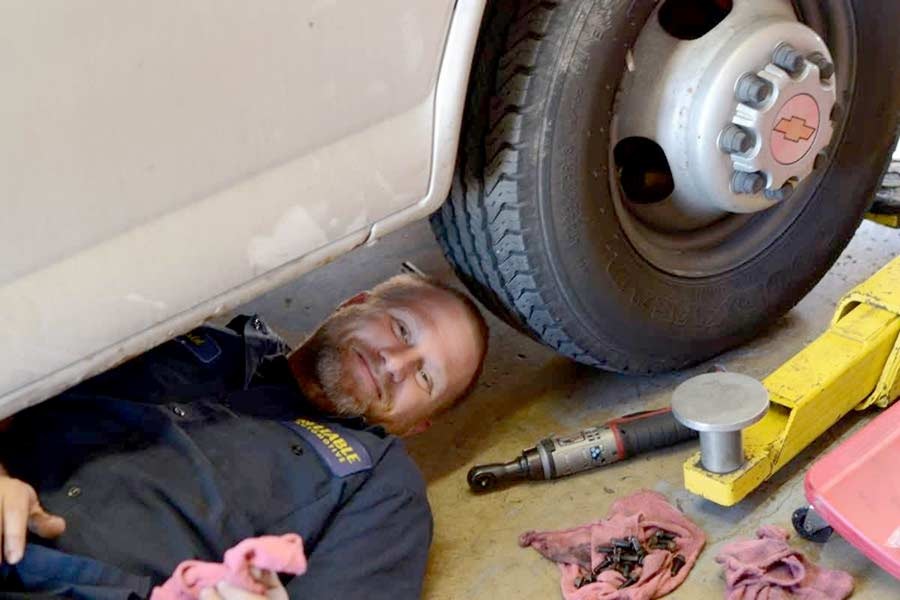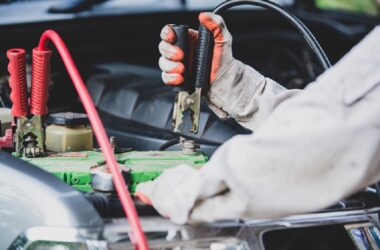When a car’s windshield washer pump is serviced or replaced, skilled technicians at car garages don’t stop at just addressing the pump itself. Washer hoses, the essential lines that transport washer fluid from the reservoir to the spray nozzles, are critical supporting components that require close inspection. Over time, these hoses can become brittle, cracked, clogged, or disconnected, which can severely impact washer system performance. A thorough examination of the hoses ensures that the entire washer system functions optimally and prevents recurring issues after pump repair.
Diagnosing Hose Issues: What Technicians Look For
During servicing, mechanics start by visually inspecting the washer hoses for signs of wear and damage. Common problems include leaks caused by cracks, splits, or holes in the rubber or plastic tubing. Technicians also check for blockages that may restrict fluid flow, as debris and sediment can accumulate inside the hoses over time. Additionally, they ensure that hose connections to the pump, reservoir, and nozzles are secure and free from corrosion or looseness. If any damage or faults are detected, replacement hoses are recommended to restore proper fluid delivery and system reliability. In this note it would be proper to mention that the Auto Repair in Gering, Ne based service is the best one.
Removing and Replacing Faulty Washer Hoses
Once a defective washer hose is identified, the garage technician begins the replacement process. First, the system is depressurized, and any remaining washer fluid in the hose is drained or captured. Using hand tools, clips or clamps securing the hose at connection points are carefully removed to avoid damage to nearby components. The worn hose is then detached from the pump and nozzles. Technicians select a replacement hose that matches the vehicle’s specifications, often using OEM parts or high-quality aftermarket alternatives to ensure compatibility and durability. The new hose is carefully routed to avoid kinks or sharp bends, then securely fastened using new clamps or clips.
Testing and Verifying the Washer System After Hose Replacement
After installing the new washer hose, technicians perform comprehensive system tests to verify proper operation. This includes refilling the washer fluid reservoir and activating the pump to observe fluid flow through the replaced hose to the windshield nozzles. Mechanics watch for consistent spray patterns, sufficient pressure, and absence of leaks at all connection points. Electrical components of the pump are also checked to confirm no interference occurred during the hose replacement process. This final testing ensures that the washer system will provide reliable windshield cleaning and driver visibility, meeting safety standards.
Why Comprehensive Washer System Service Matters
Replacing washer hoses alongside the pump during servicing highlights the importance of addressing the washer system as a whole rather than in isolated parts. Car garages understand that failing to inspect or replace damaged hoses can lead to repeated washer malfunctions, frustrating drivers and potentially compromising road safety. By including hose checks and replacements in the pump service workflow, technicians offer a thorough repair that improves long-term performance and prevents future breakdowns. This comprehensive approach saves time and money for vehicle owners while ensuring their windshield washer system functions flawlessly.










